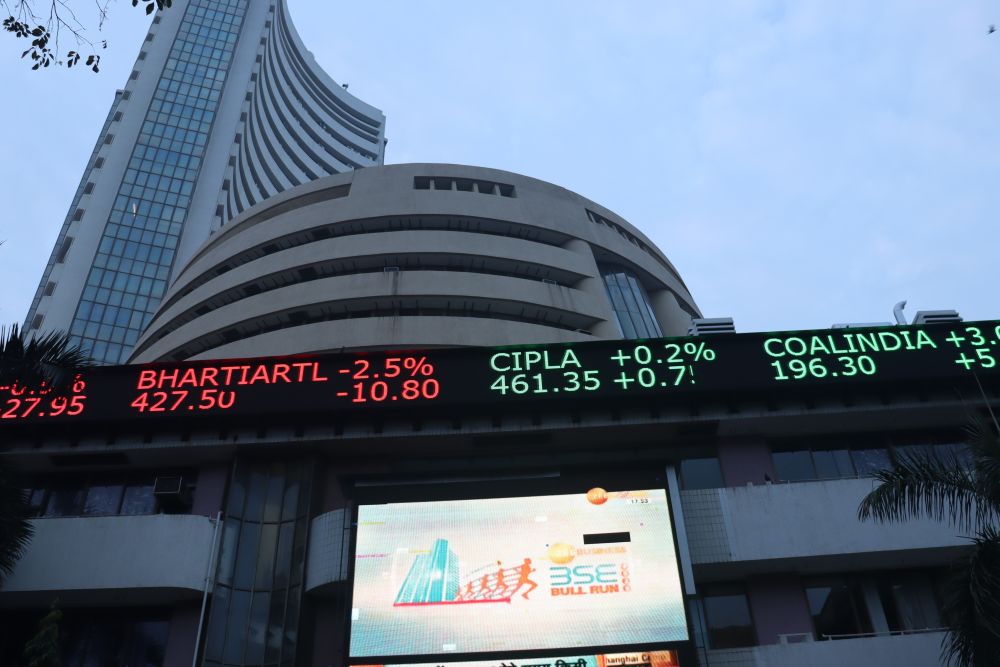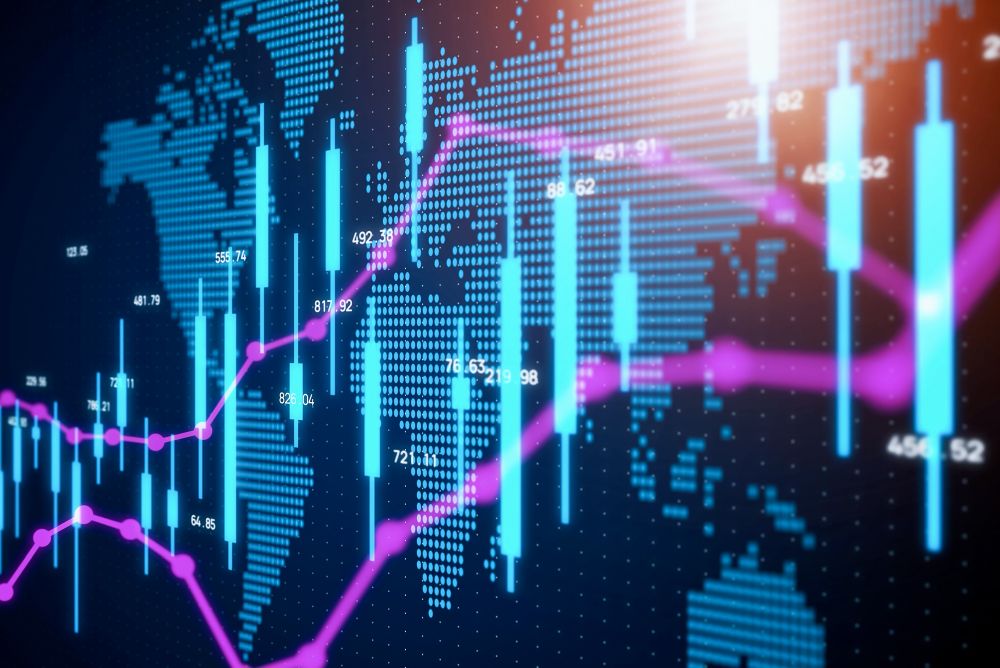THOUGH it is still early days, and it is hard to predict how the coronavirus, or any virus, will ultimately spread, peak and decline, some predictions are being made on its timing and related economic impact on China and the world.
“If the [best-case] projections by some of the expert virologists are correct, the coronavirus outbreak should peak sometime this month,” according to Chi Lo, BNP Paribas’ senior Greater China economist. Lo’s predictions are based on a chart compiled by Zhong Nanshan, the Chinese epidemiologist and pulmonologist who discovered the SARS coronavirus in 2003, and Jonathan Read, a senior lecturer in biostatistics, who runs virology research at Lancaster University in the UK.
Zhong, the more optimistic of the pair, estimates a total of 60,000 infections with their peak rate occurring in mid-February, while the more conservative Read estimates a four-time higher number of 240,000, peaking just before month’s end. So far [as of February 10], there has been 40,554 cases of infection, and 910 deaths, a death rate of about 2%. The World Health Organization declared the outbreak a global emergency at the end of January.
Both Zhong and Read assume a much faster infection peak, from discovery in early December – three months – than was the case with SARS – six months (November 2002 – May 2003).
“If they [Zhong and Read’s February peak] are right, we would see our best-case scenario being reinforced,” BNP’s Lo says, “the economic damage in China will be concentrated in 1Q20, followed with a V-shaped rebound in the rest of the year”.
The Chinese stock market, which has aggressively priced in a virus-hit economy, according to Lo, should rebound sharply, post-peak, on the back of supportive government policies, with a boost in commodities and emerging market (EM) risk assets.
Longer
Analysts at S&P Global take a longer view while acknowledging that situation is still very fluid. “Our base-case projection is that the coronavirus will stabilize globally in April, with virtually no transmissions in May.” Their worse-case projection has the virus stabilizing in late May, and best-case, in March.
All three scenarios are with the six-month SARS model, setting the virus’ peak impact on Asia-Pacific economic activity in the first and second quarters, with growth stabilizing later in 2020 and recovering through early 2021.
Analysts at S&P agree that Chinese government relief measures are likely and predict the “economic hit” will be most in the areas related to household spending as lockdowns and quarantines have depressed air and rail passenger flows.
However, they caution that “if the disease is not swiftly brought under control, slower economic growth would exacerbate already weaker fiscal performance in many parts of the Asia-Pacific”.
Deadlier [but less economically destructive]
Mark Zandi, Moody’s chief economist, feels it prudent to anticipate several hundred thousand infections and thousands of deaths and, using SARS as a guide, sees “the pandemic likely to continue through the first half of the year”.
The outbreak should remain largely contained to China, he argues, based on the response by Chinese authorities, who have quarantine large areas of the country and restricted travel, and by global authorities and companies who have also limited travel to and from China.
“Although the coronavirus is already more widespread than SARS, we estimate that the cost to the Chinese economy will be the same,” Zandi shares. This is because during the SARS period the China was still an emerging economy, whereas now it’s the world’s second largest, with a far greater array of financial resources and powers to apply any needed fiscal or monetary stimulus, such as additional liquidity, loans extension, lower lending rates, etc.
Another example of this state support can also be seen with China’s use of its so-called “national team”, a collection of state-owned enterprises that can, on cue, splash out billions of dollars on equities to tame market volatility.
“The economic fallout on China from 2019-nCov would have been even more limited, except that the Chinese economy has been having a tough go of it for more than a year due to the trade war with the US and efforts to deleverage,” Zandi points out.
Outside China
However, while the fallout from the coronavirus should be limited inside China when compared to SARS, it will have a greater impact outside China than it did back in 2003-4 as China now plays a far greater role in the global supply chain. “Back then China accounted for just over 4% of global GDP, compared to 16% today,” Zandi notes, and one fifth of global manufacturing output.
Quarantined or disrupted ports, rail and transportation links can help but complicate or test global manufacturing networks. Car manufacturer Hyundai, the world fifth-largest, temporarily suspended production of vehicles at some of its plants in South Korea due to a parts shortage. Carmakers are known for using just-in-time logistics supply chains. US manufacturers have not yet been affected.
“Every one percentage point of sustained reduction in Chinese real GDP reduces global GDP, excluding China, by 0.4 percentage point,” Zandi estimates. “The coronavirus is thus expected to reduce global real GDP excluding China, by 0.8 percentage point in the first quarter, and 0.3 percentage point for all of 2020.”









